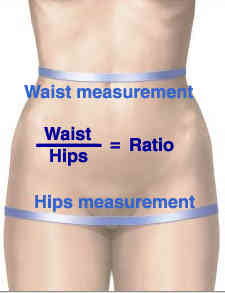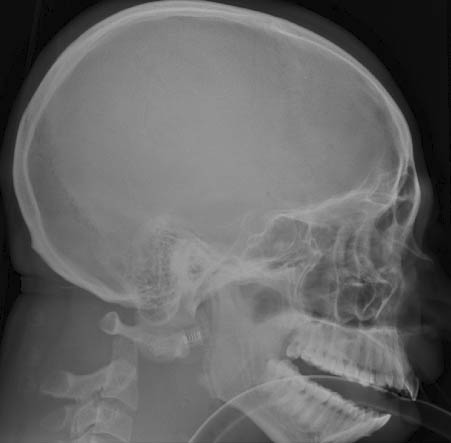And yet another one of these crystal ball abstracts, all presented at the same meeting of the American College of Surgeons Clinical Congress!
This one postulates that more injuries seen on CT scan might predict mortality in “older” trauma patients. Hmmm. The authors pulled info on head CT findings, GCS, AIS Head, lengths of stay, death, functional scores, and discharge disposition. And the age had to be >45 years. Older? Hmmm.
A scoring tool was designed that gave 1 point each for subdural, epidural, subarachnoid, or intraparenchymal blood, cerebral contusion, skull fracture, brain edema/herniation, midline shift, and external trauma to the head/face. The score range was 0-8, even though there were 10 factors.
Lets look at the factoids:
- Nearly 10 years of data were analyzed
- 620 patients meeting criteria were identified
- The scoring system positively correlated with all of the outcome measures
- Independent predictors of mortality included GCS, AIS Head, and the CT score (odds ratio 1.3)
- The CT test also “predicted” (author’s word) neursurgical intervention (odds ratio 1.2)
Bottom line: Oh boy, here we go again. Another correlation study, and a weak one at that. So if someone told you that an “older” patient (beginning after age 45) would do worse clinically the more injuries were seen in and around their head, what would you say? And why did it take 10 years of data to accumulate data on 620 patients in this age range (62 per year)? And why not test your scoring system prospectively? And run some really good statistics on the new data? Sadly, I feel this is another run to submit an abstract and present at a meeting. But thankfully, I don’t think it will ever see the light of print.
Related posts:
Reference: Prognostication of traumatic brain injury outcomes in older trauma patients: a novel risk assessment tool based on initial cranial CT findings. ACS Scientific Forum, trauma abstracts, 2016.




